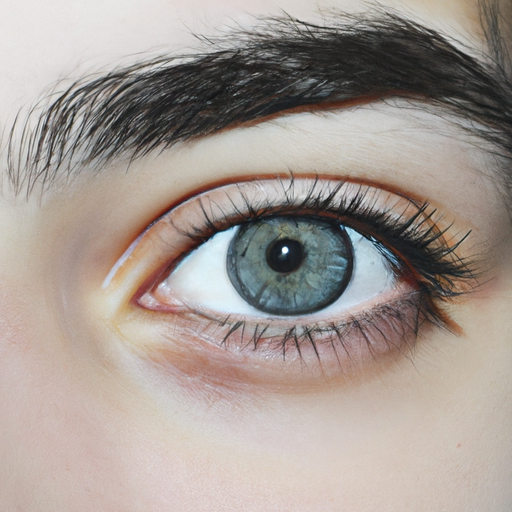As a medical professional, I often encounter patients who are concerned about their appearance, particularly the area around their eyes. Baggy or puffy eyes can make you look tired, stressed, and older than your actual age. However, with the right approach, it’s possible to banish baggy eyes and achieve a refreshed, youthful look.
Baggy eyes are typically a result of aging, lack of sleep, stress, poor diet, and genetics. As we age, the tissues and muscles around our eyes weaken, causing fat that helps support the eyes to migrate to the lower eyelids, creating a puffy appearance. Fluid can also accumulate in this area, adding to the swelling.
The first step in combating baggy eyes is ensuring you get enough sleep. Adults should aim for seven to nine hours of sleep per night. Lack of sleep can cause your body to retain water, leading to puffiness. Elevating your head with an extra pillow while sleeping can also prevent fluid accumulation under your eyes.
Next, consider your diet. Consuming too much salt can cause your body to retain water, leading to puffiness. Limit your sodium intake and increase your consumption of foods rich in vitamins A, C, and E, which can help keep your skin healthy and reduce the appearance of baggy eyes.
Hydration is another key factor in maintaining a refreshed look. Dehydration can cause the skin around your eyes to appear dull and sunken. Aim to drink at least eight glasses of water per day and avoid excessive alcohol and caffeine, which can dehydrate your body.
In addition to these lifestyle changes, there are several treatments available that can help reduce the appearance of baggy eyes. Over-the-counter creams and gels containing ingredients like retinol, hyaluronic acid, and peptides can help tighten the skin around your eyes and reduce puffiness.
For more severe cases, medical treatments may be necessary. Non-surgical treatments such as fillers can help smooth out the appearance of baggy eyes. For persistent and severe baggy eyes, blepharoplasty, a type of eyelid surgery, may be an option. This procedure involves removing excess fat and skin from the upper and lower eyelids to reduce puffiness and sagging.
It’s also important to protect your eyes from the sun. Overexposure to UV rays can damage the skin around your eyes, leading to wrinkles and sagging. Always wear sunglasses with UV protection and apply a broad-spectrum sunscreen around your eyes.
Lastly, don’t forget the power of a good concealer. While it won’t treat the underlying cause of baggy eyes, it can help mask their appearance. Choose a concealer that matches your skin tone or is one shade lighter to brighten the under-eye area.
In conclusion, while baggy eyes can be a nuisance, they don’t have to be permanent. By making some lifestyle changes and considering various treatment options, you can banish baggy eyes and achieve a refreshed, youthful look. Always consult with a healthcare professional before starting any new treatment to ensure it’s safe and suitable for your specific needs.



